Perennials and Annuals---what's the difference?
When buying plants for the yard there tends to be confusion about what the difference is between a perennial and an annual and when each should be used.
The Difference Between Annuals And Perennials Is All About How Long They Live And Bloom.
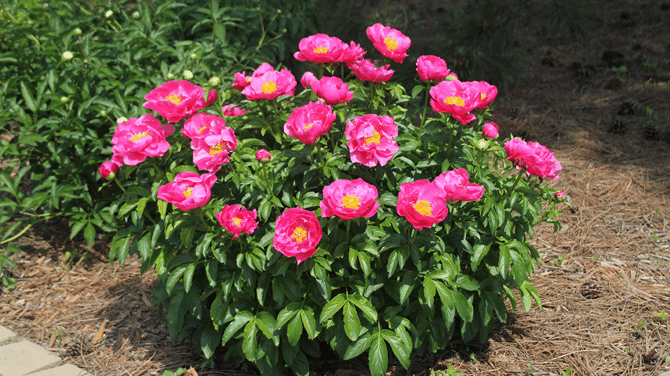
Peonies are perennials and they will rise up out of the ground in the spring and produce flowers in early summer then maintain green leaves all summer and finally die to the ground as winter's dormant period approaches.
Annuals = Single-season Sensations 🌸
Annual plants complete their entire life cycle (from seed to flower to seed again) in one growing season, then they die. They won’t come back next year—you’ll need to plant new ones if you want the same show.

Marigolds (Tagetes spp.) – These bright bloomers will start as seed in the spring, flower all summer producing seed then die at the first frost. You must plant new ones each spring.
Other examples of annuals include Petunias, Zinnias, Sunflowers, Lantana, Snapdragons, Angelonia, Cosmos, Calibrachoa, Verbena, Salvia, Pansy, Sweet Pea, Sweet Alyssum, Gerber Daisy, Nasturtium, Bachelor's Button, Poppy, Celosia, Impatiens, Dahlia, and Ranunculus
Perennials = Comeback Champions 🌿
Perennials live for multiple years, going dormant in winter but re-growing from their roots in spring. Many of these plants die completely to the ground and sprout again in the spring seemingly from nowhere. They don’t need to be replanted every year—they keep coming back on their own.
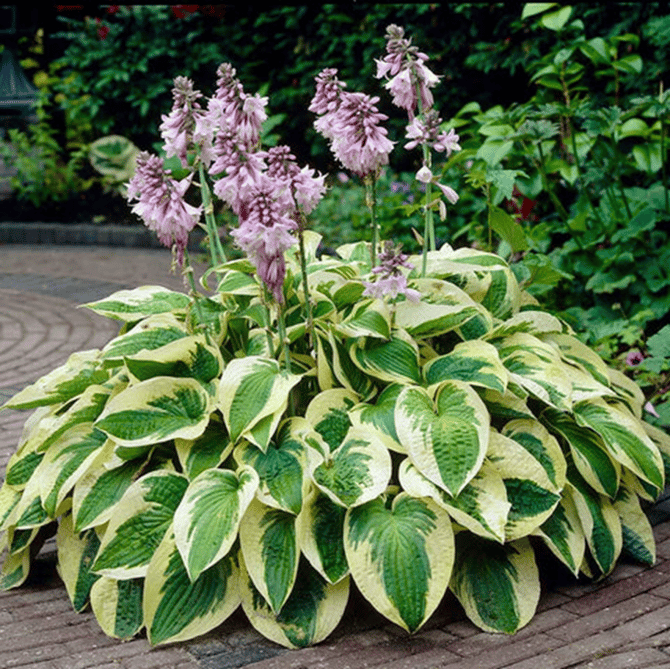
Hosta – These leafy plants die back to the ground in winter but sprout new leaves every spring and flowers every summer.
Exceptions to the rule do exist. There are evergreen perennials that don’t go dormant…here in Southern Florida, evolvulus, pentas, lantana, and vinca are year-round-flowering evergreen perennials and in the north plants like hellebore bloom in winter.
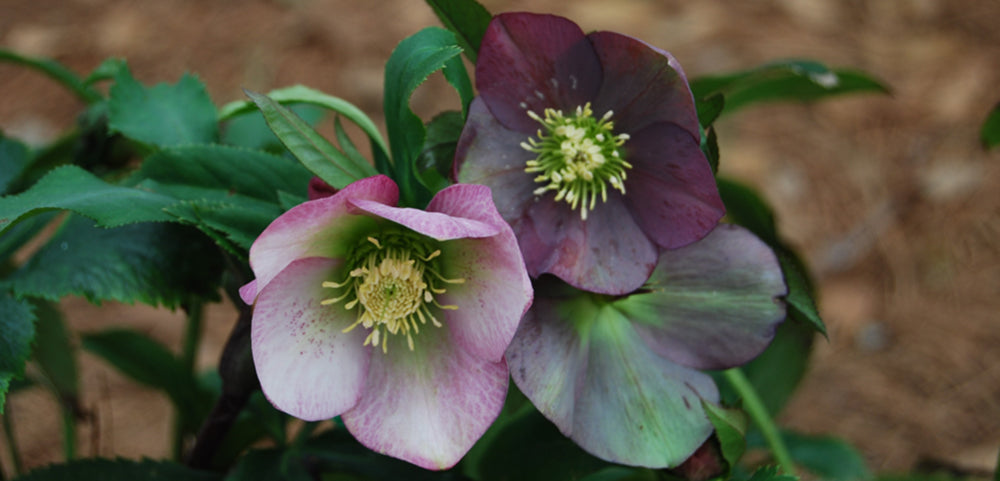
Hellebore (Helleborus spp.) is an evergreen perennial that blooms in the winter. If this plant is grown in regions that don't experience a cold winter the plant will fade out much like an annual might.
Other perennials include: Lavender, Peony, Coneflower, Artemisia, Aster, Astilbe, Buddleja, Bellflower, Caryopteris, Vinca minor, Coreopsis, Dianthus, Blanket Flower, Gaura, Heuchera, and Hardy Hibiscus.
Wait! What About Biennials?
Biennials are plants that take two years to complete their life cycle.
Year 1: the plant grows leaves and stores energy (usually forming a rosette of foliage).
Year 2: it emerges from the ground, flowers, sets seeds, and then dies.
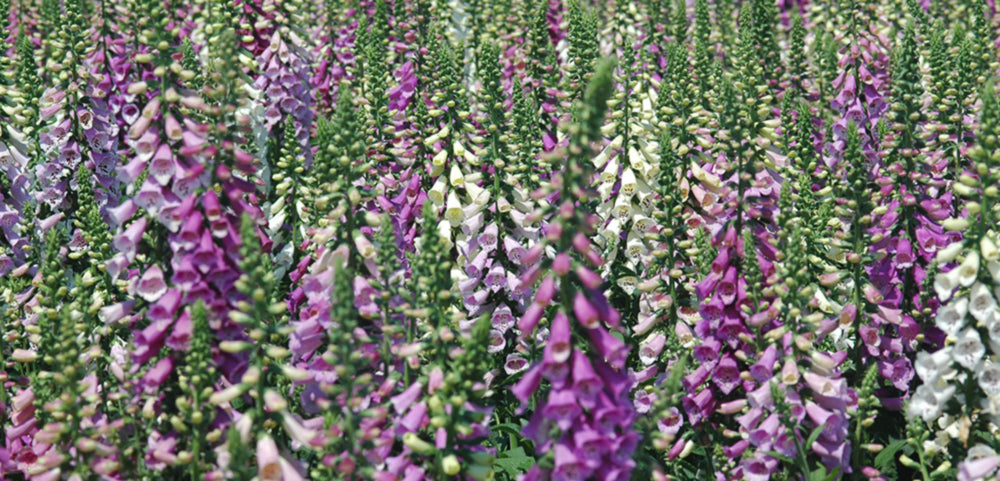
Foxglove (digitalis purpurea) – produces leaves in the first year, flowers in the second, then dies after setting seed.
Why Climate Matters for Annuals vs. Perennials
A plant’s "perennial" status depends on where you live!
A plant that’s a perennial in Florida (Cold Hardiness Zone 10) will likely be an annual in Michigan (Cold Hardiness Zone 5) because it can’t survive the cold. An example of this is coleus. In Miami it will be a perennial but as soon as the frost comes in Michigan the plant is gone and not coming back.

Coleus (Plectranthus spp.) is prized for its multicolored foliage --- coming in a array of colors, including red, pink, purple, yellow, green, and orange. In most climates, coleus is treated as a warm-season annual, thriving in spring through fall before dying back with the first frost. However, in tropical and frost-free regions, it can behave as a short-lived perennial.
Some gardeners treat tender perennials (like lantana, or coleus) as annuals in cold regions.
You can find your local cold hardiness zone by entering the words "cold hardiness zone" and your local zip code into an internet search.
🌞 Warm Climates (Zones 9-11, Like South Florida, Southern California, and South Texas)
Some plants that are annuals in cold areas behave like perennials in warm climates because the winters are mild.
Example: Geraniums (Pelargonium spp.)
❄️ In cold climates (Zone 6 and below) → Annual (dies in winter)
🌴 In warm climates (Zone 9-11) → Perennial (keeps growing year-round)
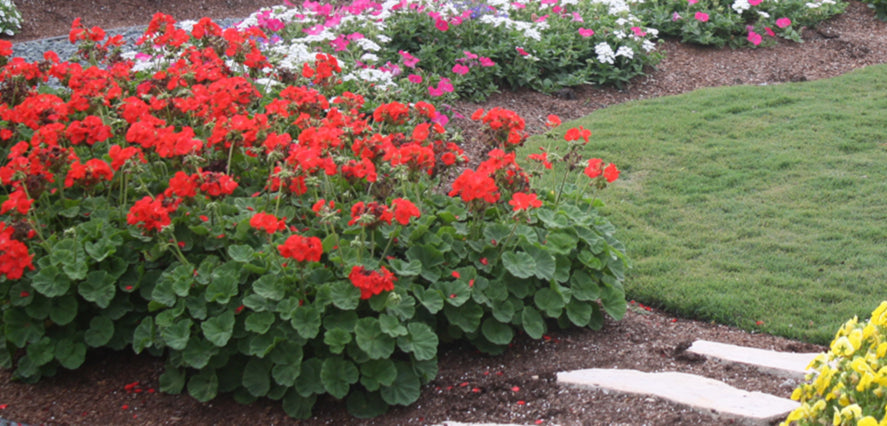
Geraniums (Pelargonium spp.) is known for bright, showy flowers and attractive, rounded leaves. The flowers bloom in clusters atop sturdy stems and come in a wide range of colors, including red, pink, white, orange, and purple. Though geraniums can be perennial in warm climates (zones 10-11), they are treated as annuals in most regions since they do not survive freezing temperatures.
Other examples:
Tomatoes 🍅 – Annual in most places, but in hot climates, they can grow for multiple seasons.
Begonias 🌸 – Annual in cold regions, but a tender perennial in warm zones.
🍂 Temperate Climates (Zones 5-8, like the Midwest, Mid-Atlantic, Pacific Northwest)
Winters are cold enough to kill true annuals, but hardy perennials survive by going dormant.
•Example of a hardy perennial: Coneflowers (Echinacea spp.) Grows, flowers, and dies back in winter but returns every spring.

•Example of a true annual: Zinnias – Starts from seed, grows plant, flowers, produces seed then dies at first frost.

❄️ Cold Climates (Zones 3-5, like Northern Maine, Minnesota, Wisconsin, North Dakota, and Canada)
Many plants that are perennials in warmer zones behave like annuals in harsh winters.
Example: Lavender (Lavandula spp.) Perennial in Zone 6+ but often dies in Zone 4-5 unless protected.
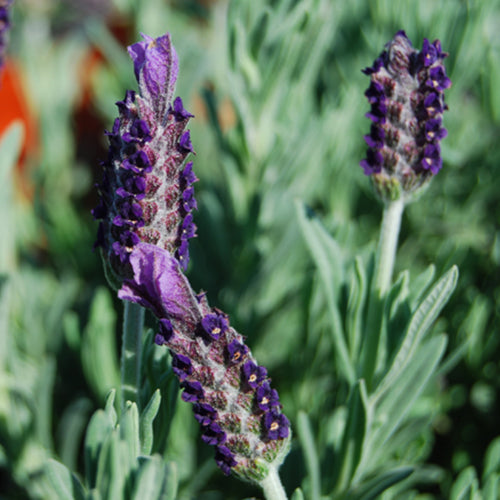
Solution? Grow cold-hardy varieties like English lavender (Lavandula angustifolia).
True perennials in cold climates:
Peonies – They die back to the ground every winter but grow a new plant and bloom beautifully each spring.
Hostas – The leaves disappear in fall, but the roots survive, and plant reappears in spring.